When it comes to your EV battery, slow charging is the better option. It keeps things cool, calm, and collected, reducing the heat and stress that can wear down your battery over time. This article dives into the nitty-gritty of why slow charging is kinder to your battery, explores when you might still need fast charging, and offers tips to keep your EV running smoothly for the long haul.
Understanding EV Charging Methods: Slow vs. Fast Charging
When it comes to charging your electric vehicle (EV), the method you choose can significantly impact both convenience and the long-term health of your battery. The two primary methods are slow charging and fast charging, each with its distinct characteristics, benefits, and drawbacks.

Slow Charging: A Steady Approach
Slow charging typically refers to using Level 1 or Level 2 chargers.
-
Level 1 Charging uses a standard household outlet, delivering around 120 volts of power. This method is the slowest, often requiring 40-50 hours to fully charge an EV with a large battery from empty to full. It’s most suitable for overnight charging or for those who drive short distances daily and can afford the extended charging time.
-
Level 2 Charging is more common and involves a dedicated EV charger that operates at 240 volts. These chargers are often installed at home or found in public charging stations. Level 2 charging can fully charge an EV in about 4-10 hours, making it significantly faster than Level 1 but still considered slow compared to fast charging options.
-
Reduced Heat Generation: Slow charging generates less heat, which helps protect the battery from the degradation caused by high temperatures. Over time, this can contribute to a longer battery life.
-
Consistent Charging: Slow charging provides a steady flow of electricity, which is less stressful on battery cells. This consistency is beneficial for maintaining the overall health and performance of the battery.
-
Ideal for Regular Use: Since many EV owners charge their vehicles overnight at home, slow charging is often the most convenient and practical option. It’s also more cost-effective if done during off-peak electricity hours.
Fast Charging: Speed and Convenience
Fast charging, often referred to as Level 3 or DC fast charging, is designed to provide a quick recharge for your EV. These chargers use direct current (DC) instead of the alternating current (AC) used in Level 1 and Level 2 charging, delivering power at much higher rates, typically between 50 kW and 350 kW. This allows for a significant amount of charge—up to 80%—in just 20 to 30 minutes.
-
Speed: The most obvious benefit of fast charging is its speed. When you’re on a long trip or in need of a quick top-up, fast charging can provide the necessary energy boost in a fraction of the time it would take with slow charging.
-
Convenience: Fast chargers are commonly found along highways and at public charging stations, making them ideal for road trips and emergency situations where charging time is a constraint.
-
Heat and Battery Stress: The rapid influx of energy during fast charging generates more heat, which can stress the battery and accelerate degradation. While EV batteries are designed to handle fast charging, frequent use can reduce their overall lifespan.
-
Cost: Fast charging is usually more expensive than slow charging, especially when using public fast charging stations. Additionally, the high power demand during fast charging can be more taxing on the electrical grid.
See also: The Difference between Level 1 & 2 EV Chargers
How Charging Speed Affects Battery Degradation
The Role of Heat in Battery Degradation
One of the primary factors influencing battery degradation is heat. When an EV battery is charged, energy is transferred from the charger to the battery, and this process generates heat. The amount of heat generated increases with the speed of charging. Fast charging, which delivers a high current to the battery in a short period, produces more heat compared to slow charging. This excess heat can accelerate the degradation of the battery’s cells.
Heat-related degradation occurs because the high temperatures can cause chemical reactions within the battery to occur more rapidly, leading to the breakdown of the battery's internal structure. Over time, this can result in reduced battery capacity, meaning the battery will not hold as much charge as it did when new, leading to shorter driving ranges between charges.
Current Stress and Its Impact
Beyond heat, the rate of current flow during charging also affects battery health. Fast charging subjects the battery to high currents, which can stress the battery’s internal components. This stress can cause micro-damage to the electrodes and other internal parts of the battery, gradually reducing its overall efficiency and lifespan.
In contrast, slow charging allows for a lower, more consistent flow of current, which is less stressful on the battery’s components. This method helps maintain the integrity of the battery over time, contributing to a slower rate of degradation.
Battery Management Systems and Mitigation
Many modern EVs are equipped with advanced battery management systems (BMS) designed to mitigate the effects of fast charging. These systems regulate the charging process by controlling the flow of electricity into the battery, adjusting the current to minimize heat generation, and distributing the charge more evenly across the battery cells.
However, even with these systems, frequent fast charging can still accelerate degradation compared to regular slow charging. This is particularly true when fast charging is used in hot climates or when the battery is already at a high state of charge, both of which can exacerbate heat generation and stress.
Long-Term Effects on Battery Capacity
Over time, the cumulative effects of fast charging can lead to noticeable declines in battery capacity. Studies have shown that batteries subjected to frequent fast charging cycles tend to lose capacity more quickly than those primarily charged slowly. This reduction in capacity translates to shorter driving ranges and, eventually, the need for more frequent charging sessions.
By contrast, regular slow charging can help preserve battery capacity, ensuring that the EV maintains a longer range over its lifespan. For most EV owners, slow charging—especially overnight charging at home—is the preferred method for maintaining battery health while still meeting daily driving needs.
Balancing Charging Speed and Convenience
While the long-term benefits of slow charging are clear, the convenience of fast charging cannot be overlooked, especially for long-distance travel or when time is of the essence. The key is to balance the use of fast and slow charging methods. Relying primarily on slow charging and reserving fast charging for situations where it is truly necessary can help mitigate the negative effects of battery degradation while still providing the flexibility needed for modern driving habits.
Advantages of Slow Charging for Battery Health
When it comes to maintaining the longevity and health of your EV battery, slow charging stands out as the preferred method for several reasons. While fast charging offers the allure of speed and convenience, the benefits of slow charging make it a wiser choice for those looking to maximize the lifespan and efficiency of their vehicle’s battery.
1. Reduced Heat Generation
One of the most significant advantages of slow charging is the reduction in heat generation. Batteries are sensitive to temperature, and excessive heat is one of the leading causes of battery degradation. During slow charging, the flow of electricity into the battery is gradual, which generates less heat compared to the rapid influx associated with fast charging.
Why does this matter? Heat accelerates the chemical reactions within the battery that lead to the breakdown of its internal components. Over time, this can result in a loss of battery capacity, meaning your EV won’t hold as much charge as it once did. By minimizing heat, slow charging helps maintain the integrity of the battery’s cells, thereby extending its overall lifespan.
2. Lower Current Stress
Slow charging subjects the battery to lower electrical current, which reduces the stress on the battery’s internal components. Fast charging forces a large amount of electricity into the battery quickly, which can cause micro-damage to the electrodes and other internal parts. These small damages accumulate over time, leading to decreased battery performance and efficiency.
How does slow charging help? By providing a steady, lower current, slow charging allows the battery to recharge in a more controlled and gentle manner. This reduces the wear and tear on the battery’s components, helping to preserve its capacity and efficiency for longer.
3. Improved Battery Management System (BMS) Functionality
Electric vehicles are equipped with Battery Management Systems (BMS) that monitor and manage the charging process to protect the battery. Slow charging complements the BMS’s ability to optimize the charging process because it gives the system more time to balance the charge across all cells, manage the temperature, and ensure that the battery is charged efficiently.

What’s the impact? A well-functioning BMS contributes to the longevity of the battery by preventing overcharging, overheating, and uneven charging, all of which are more challenging to manage during fast charging. Slow charging allows the BMS to operate more effectively, further protecting the battery.
4. Enhanced Long-Term Battery Capacity
Frequent fast charging can lead to a quicker decline in battery capacity, which translates to fewer miles per charge as the vehicle ages. Slow charging, on the other hand, is more likely to maintain the battery’s original capacity over time. This means that by primarily using slow charging, you’re more likely to retain the vehicle’s driving range as it ages.
Why is this important? Maintaining battery capacity is crucial not only for the convenience of longer driving ranges but also for the overall value and usability of the EV. A battery that retains its capacity over time will require less frequent charging and maintain better performance, which is essential for the long-term ownership experience.
5. Cost Savings Over Time
While the initial cost of electricity may be the same regardless of charging speed, the long-term savings associated with slow charging can be significant. By preserving battery health, slow charging can delay the need for expensive battery replacements or repairs. Additionally, slow charging is often done overnight at home during off-peak electricity hours, which can reduce your energy costs compared to using fast chargers during peak times.
In essence, slow charging not only protects your battery but also your wallet, making it a smart choice for cost-conscious EV owners.
When is Fast Charging Necessary?
While slow charging is generally better for your EV battery, there are specific situations where fast charging becomes essential:
-
Long Trips: If you’re on a road trip and need to recharge quickly to continue your journey, fast charging is highly convenient. It allows you to cover longer distances in a day by reducing the time spent at charging stations. For example, if you’re driving between cities that are several hundred miles apart, a fast charger can provide an 80% charge in 20 to 40 minutes, enabling you to get back on the road quickly without significant delays.
-
Emergency Situations: Fast charging can provide a quick boost when you need to get moving in a hurry. In cases where you find yourself with a low battery and an urgent need to drive, such as responding to a personal emergency or needing to reach a destination quickly, fast charging can ensure you have enough range to reach your destination safely and on time.
However, it’s important to use fast charging sparingly to avoid accelerating battery degradation. Regular use of fast charging can generate more heat and stress on the battery, which over time, may reduce its capacity and overall lifespan. For daily use, slow charging remains the better option to maintain your battery’s health and ensure that your EV remains efficient and reliable for years to come.
Best Practices for Optimizing EV Battery Life
To keep your EV battery in optimal condition, consider these best practices:
-
Follow the 20-80% Rule: Avoid fully charging or depleting your battery regularly. Keeping the charge level between 20% and 80% helps prevent unnecessary strain on the battery.
-
Avoid Extreme Temperatures: Charging your EV in very hot or cold conditions can negatively affect the battery. Try to charge in moderate temperatures whenever possible.
-
Balance Charging Methods: Use slow charging as your primary method, especially for daily use, and reserve fast charging for situations where it’s truly necessary.
Conclusion
In conclusion, while fast charging offers undeniable convenience, slow charging is generally better for maintaining the health and longevity of your EV battery. By understanding the differences between these methods and adopting best practices for battery care, you can ensure that your EV remains efficient and reliable for years to come. For optimal results, consider investing in high-quality AC car chargers and smart EV chargers. These chargers are designed to balance speed with battery protection, offering the best of both worlds. To explore reliable options, check out the products available at Autel.

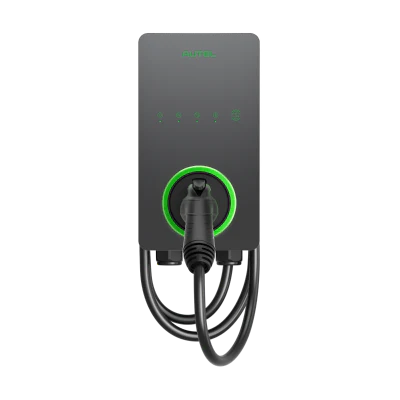
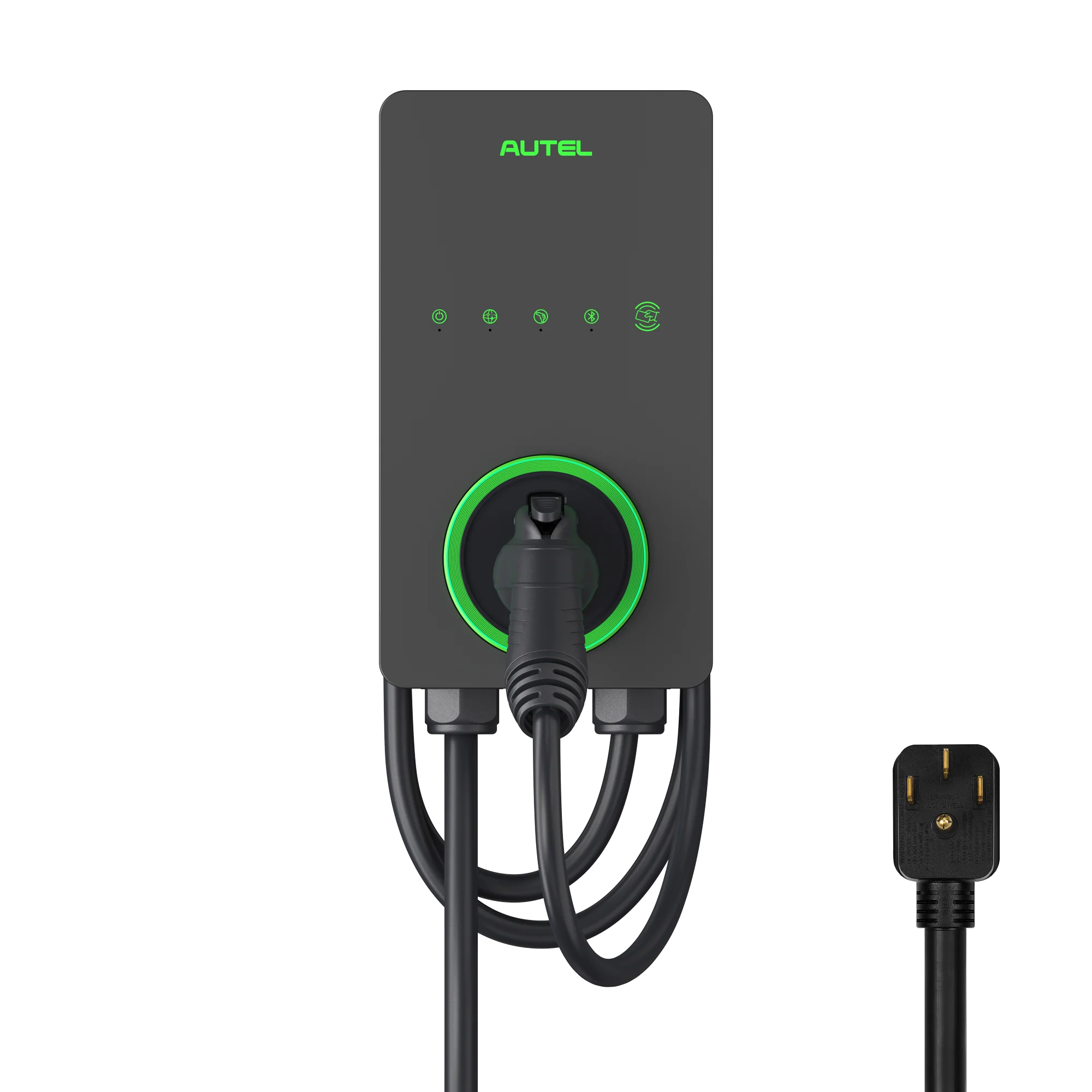
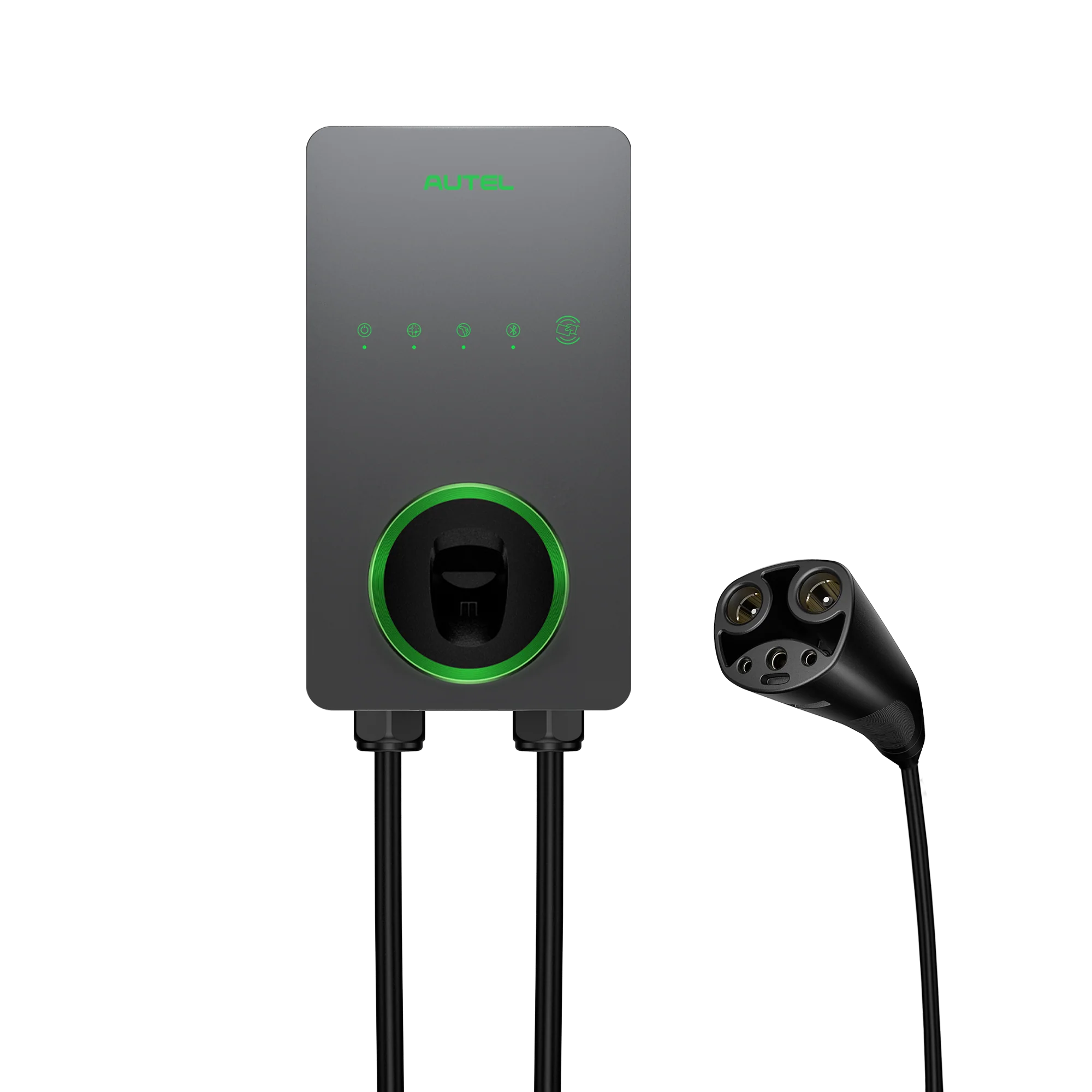
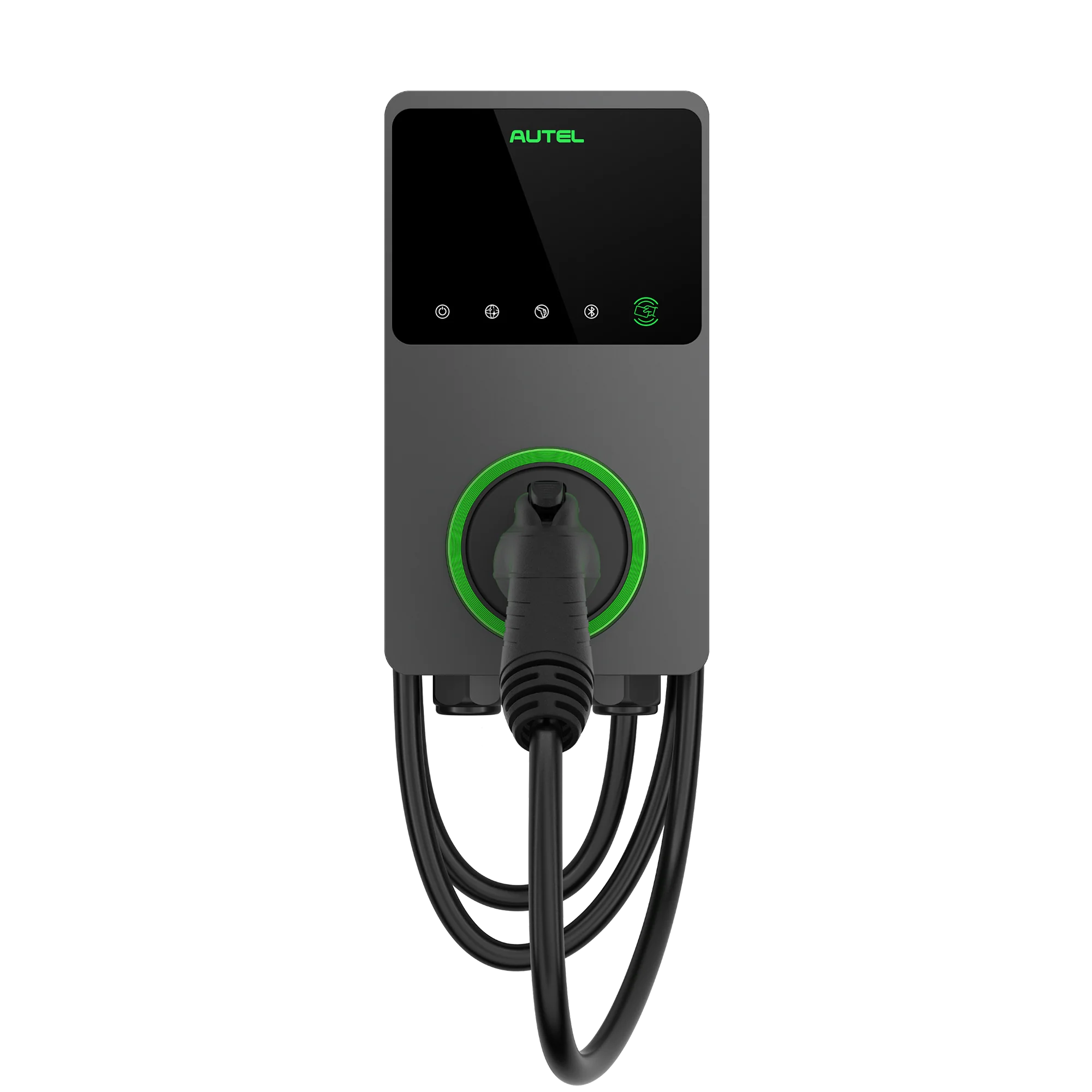
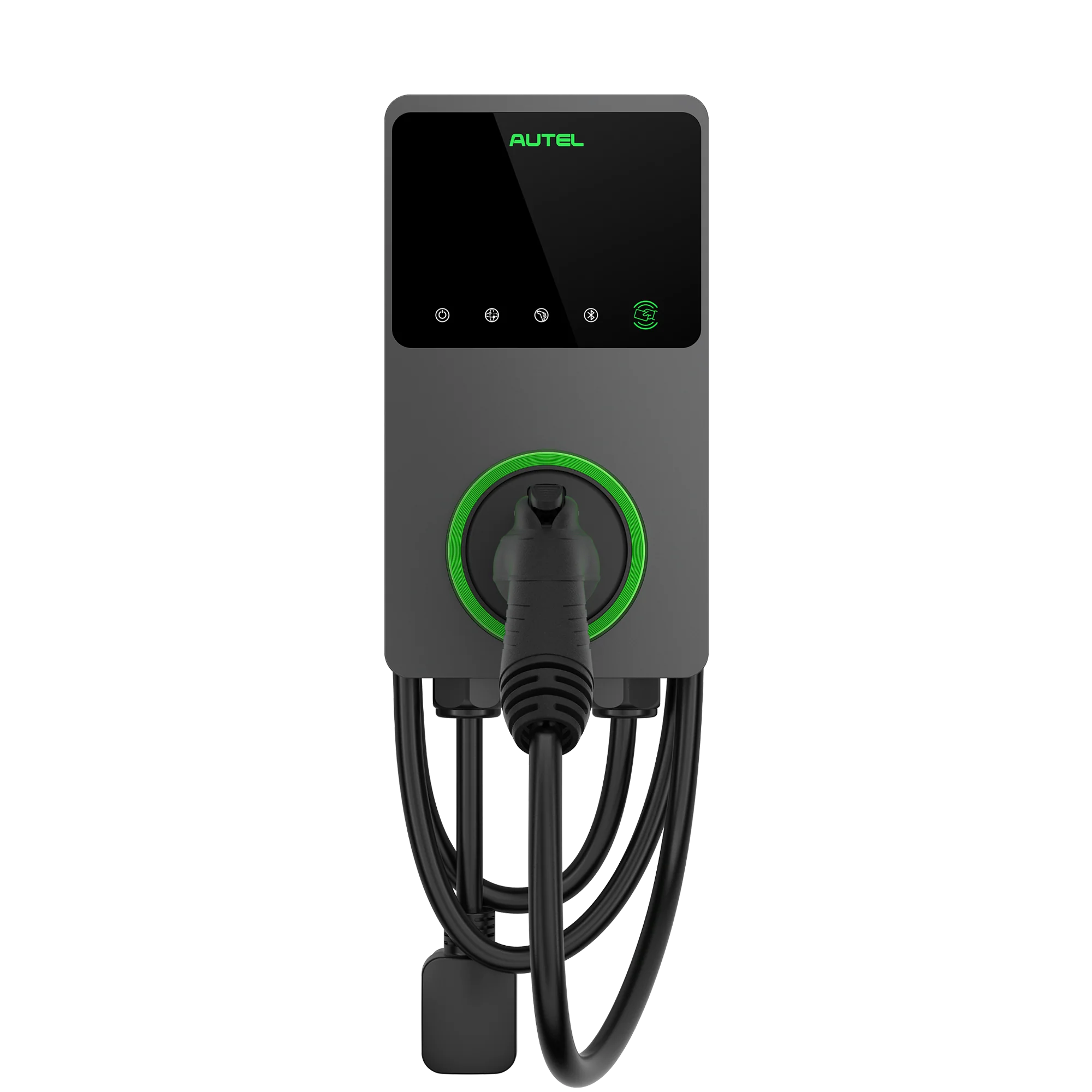
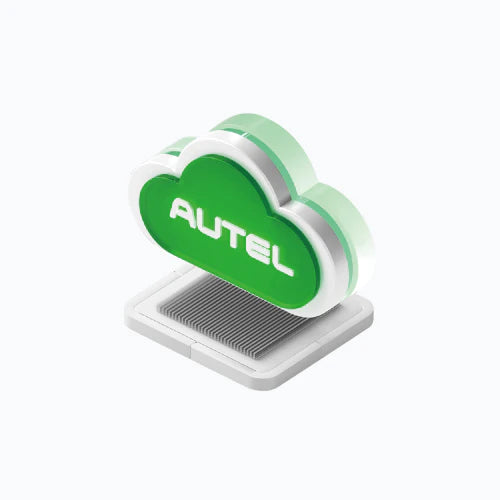
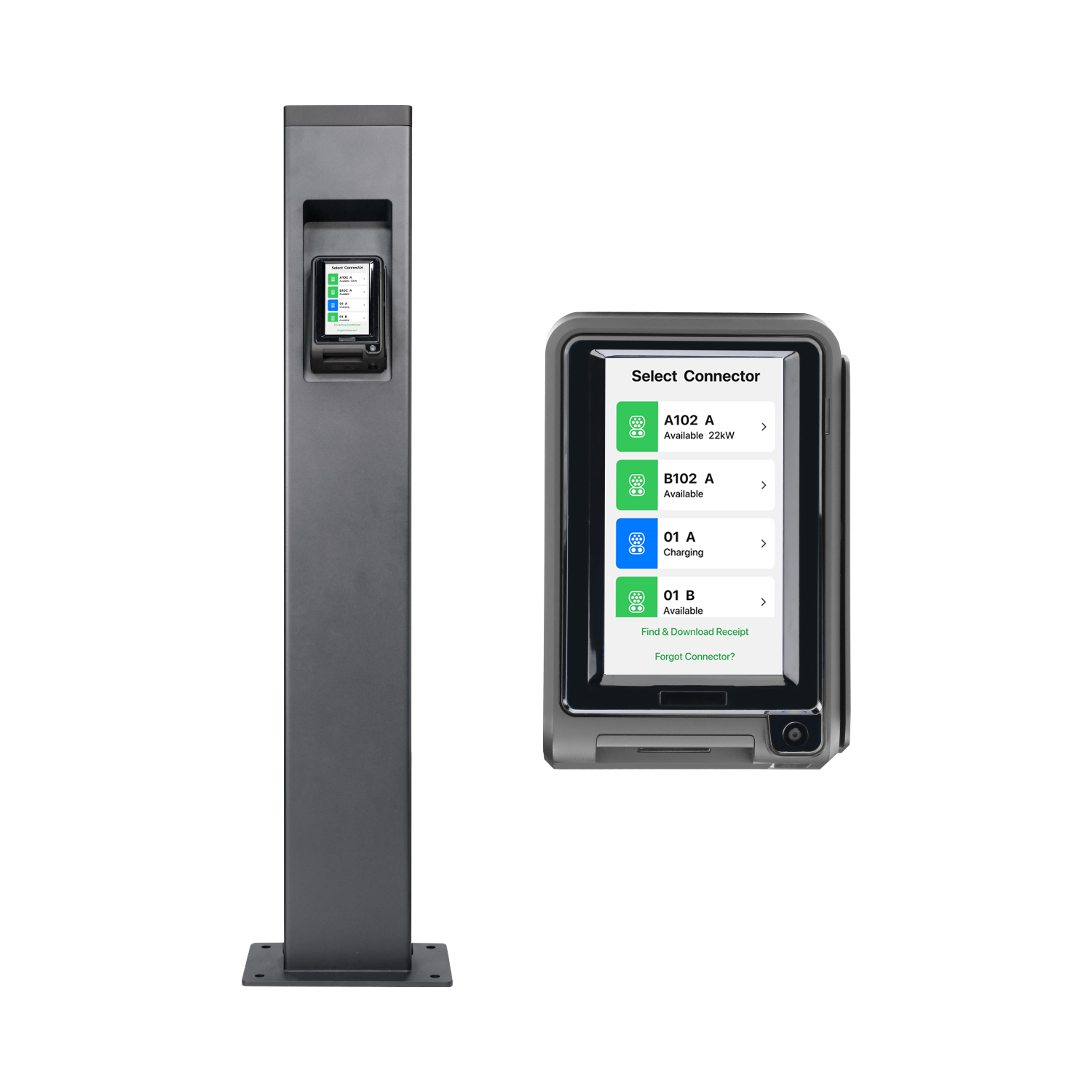
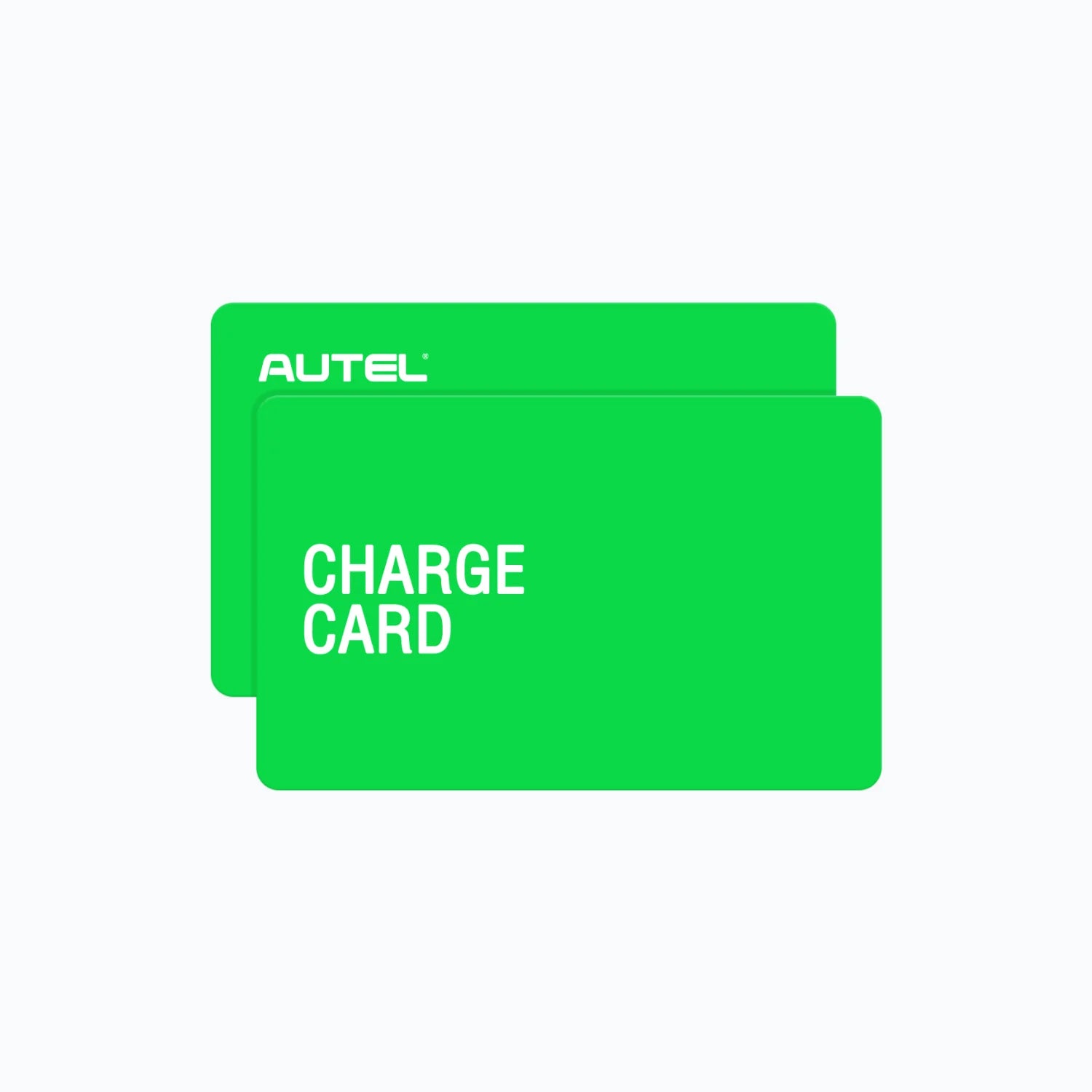
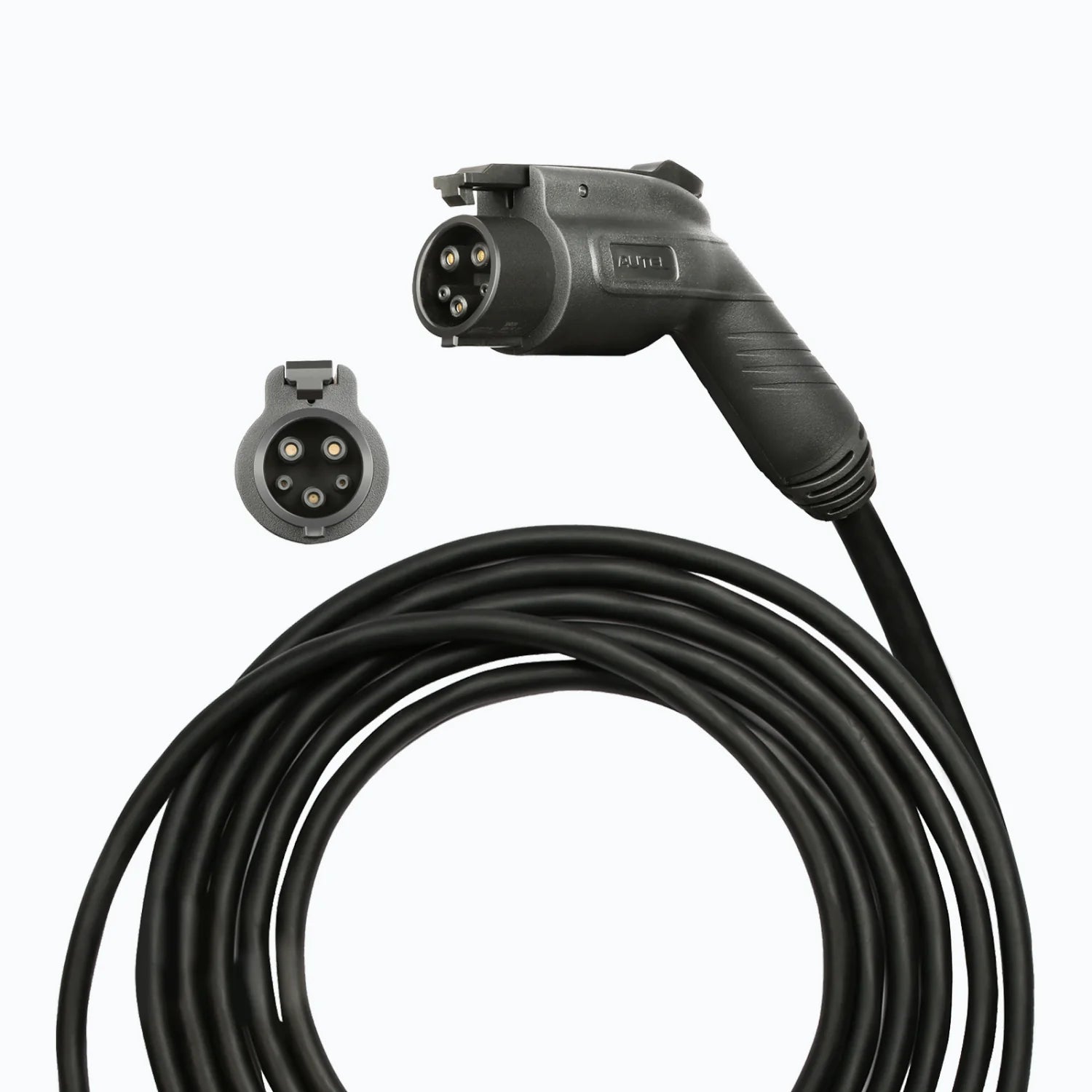
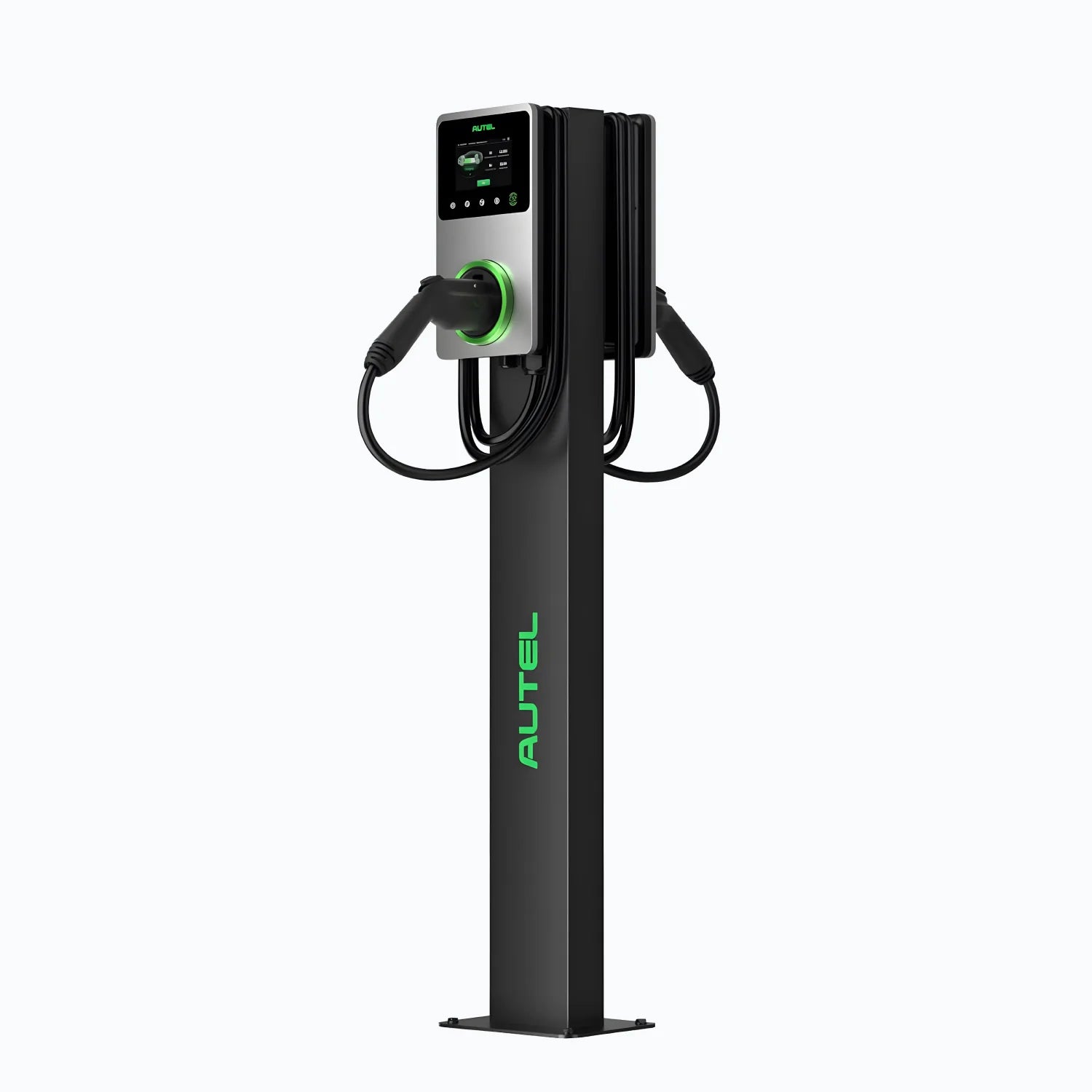
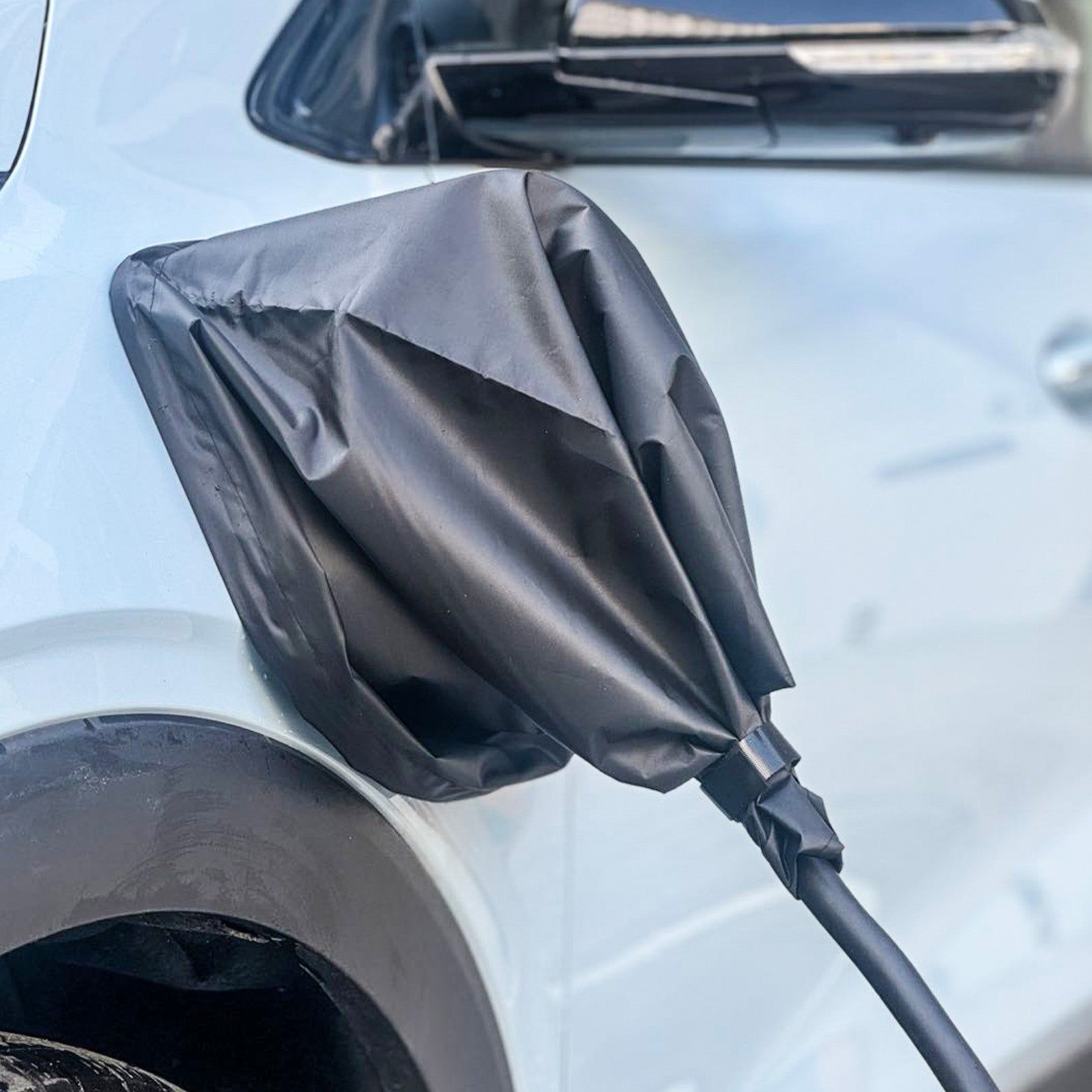
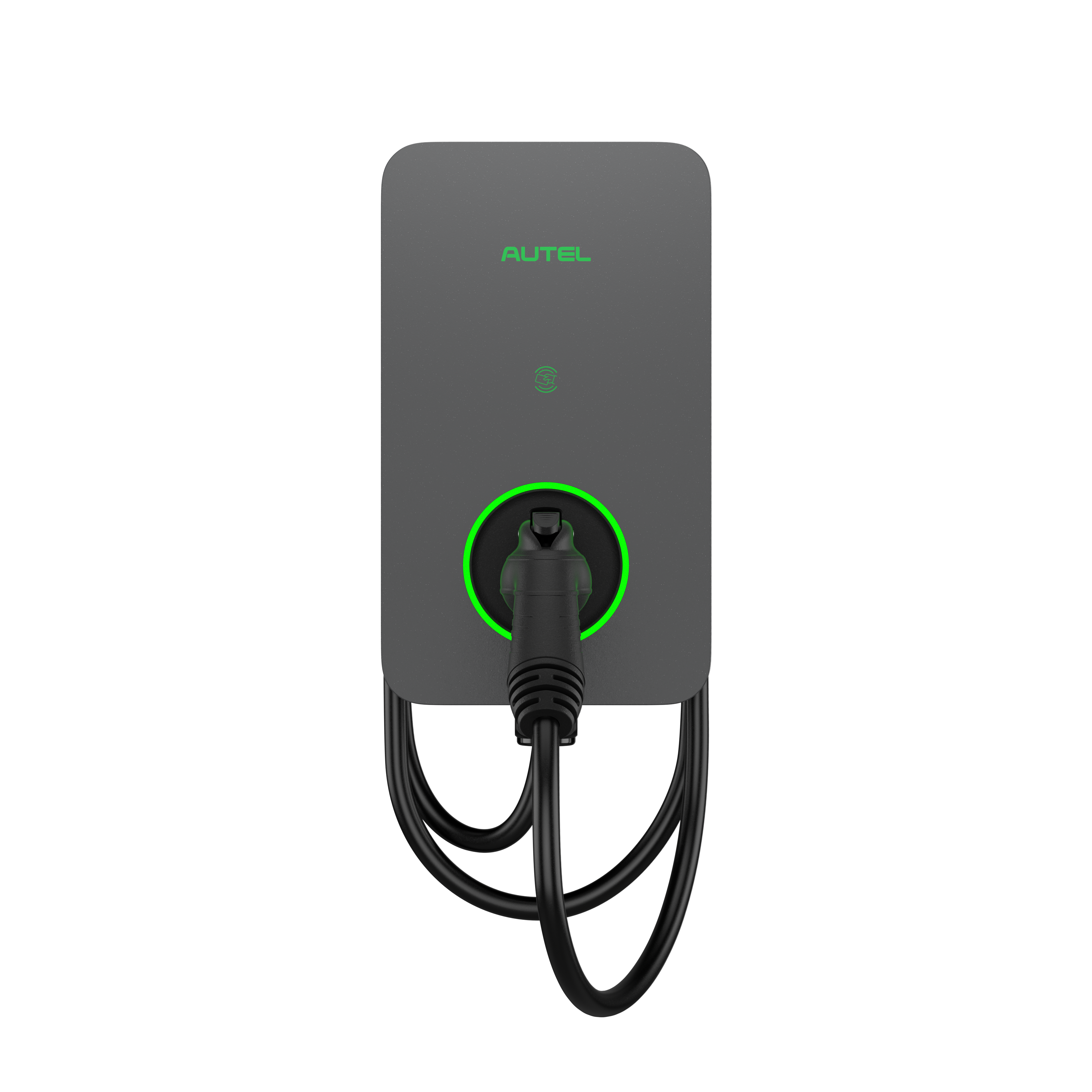
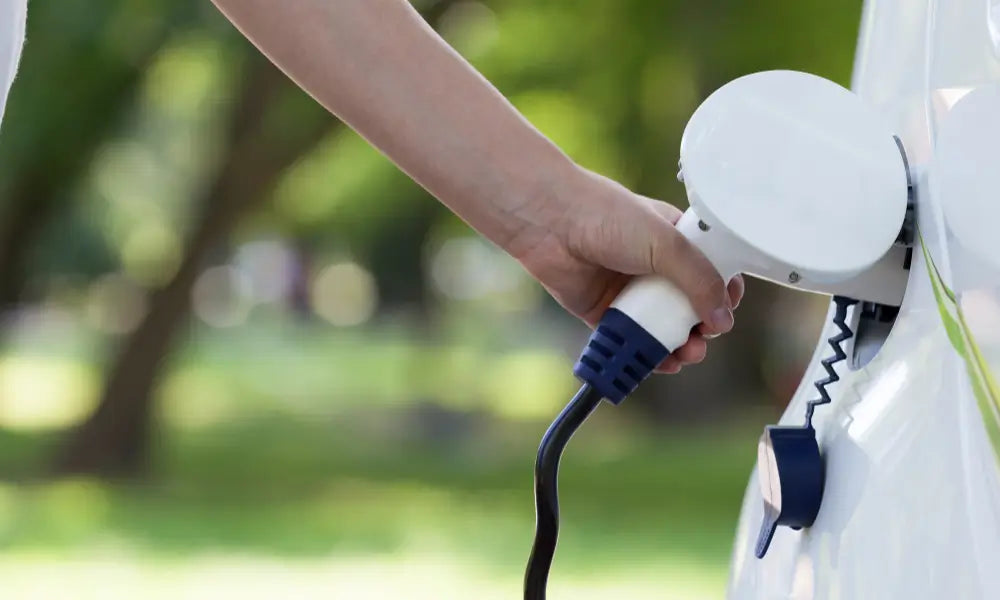
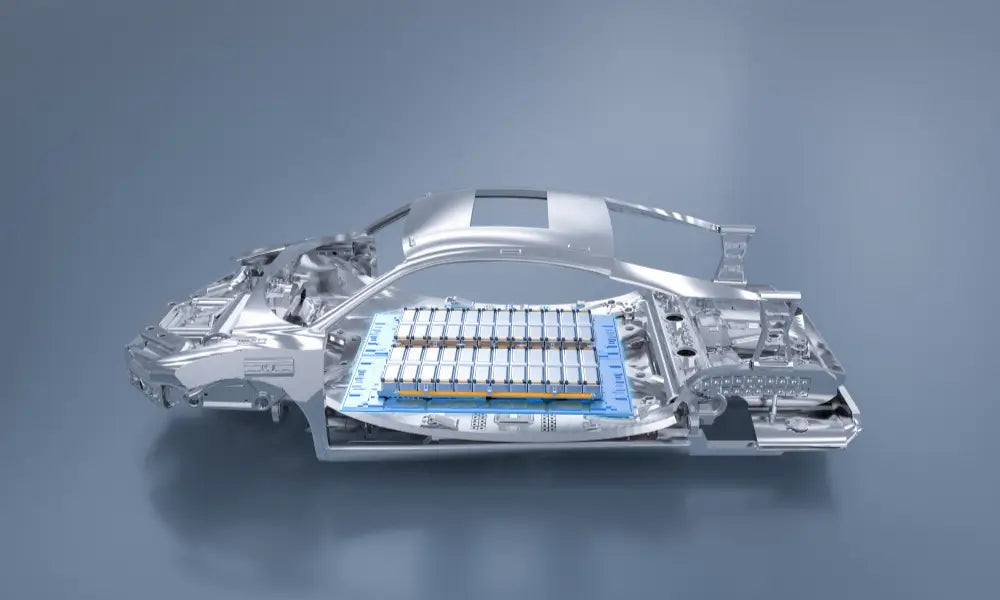
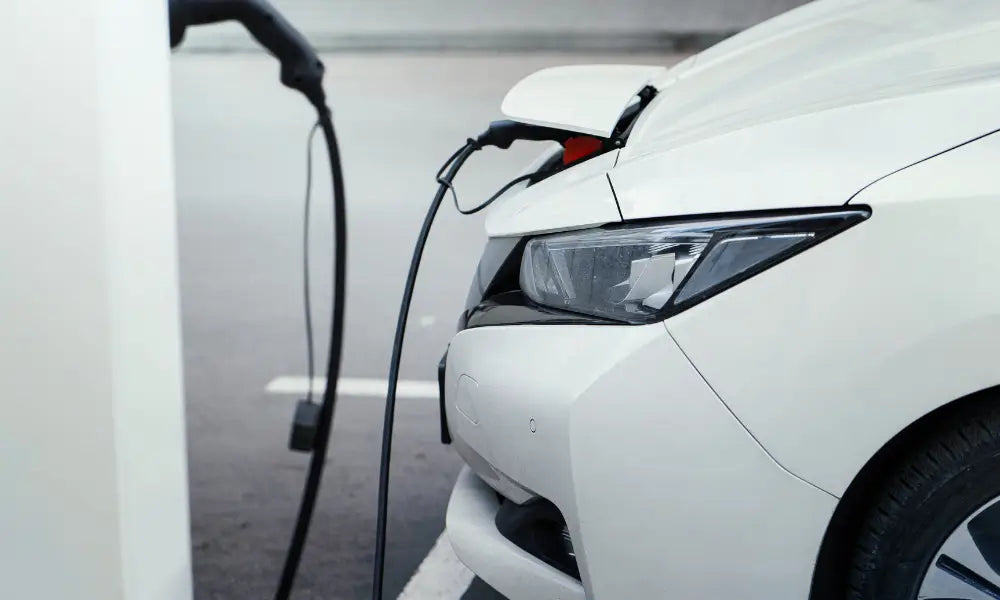
Dejar un comentario
Todos los comentarios se revisan antes de su publicación.
Este sitio está protegido por hCaptcha y se aplican la Política de privacidad de hCaptcha y los Términos del servicio.